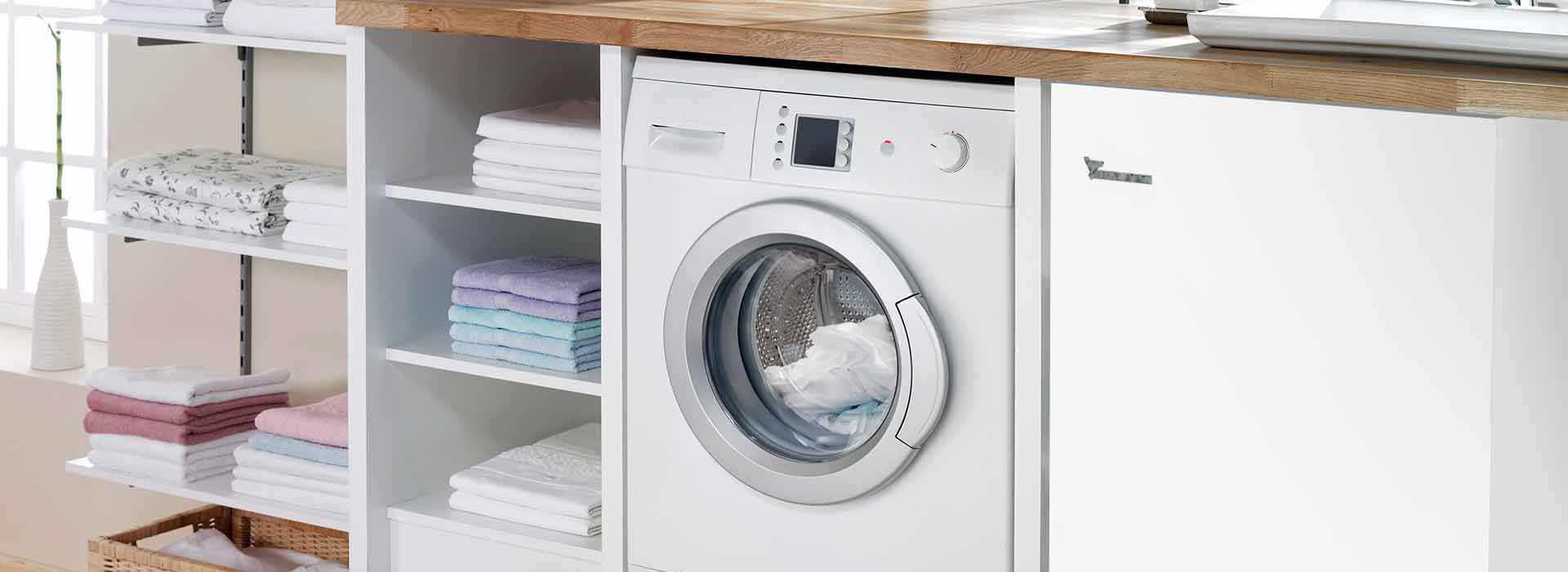For long-lasting enjoyment of the device
Heat pumps are true multi-talents: Thanks to advanced technology, they not only serve as environmentally friendly heating, some models can also be used as air conditioners and can cool the inside of the building. Heat pumps generally require little maintenance – there are no major differences between the various options in terms of maintenance. Only the wells of water/water heat pumps and the protective grid of some air/water heat pumps in outdoor installation require some additional attention, but the effort is also limited here.
1. Prejudice: Heat pumps are only suitable for new buildings
A heat pump is suitable for almost any type of building and can be used in both new buildings and renovations. For a long time now, the latest devices can also be installed without any problems in the majority of unrefurbished or partially refurbished buildings. As a low-temperature heating system, the heat pump requires a balanced relationship between the energy standard of the building, the size of the heating surface and low flow temperatures in order to operate efficiently. Underfloor heating is not required for this, nor is an energy-insulated facade. When renovating with a heat pump, it is important to have the support of an experienced specialist. He has the necessary know-how to master the change to the climate-friendly heating system. And don't worry: Converting to a heat pump is much less complicated than you might think. Often the replacement of individual radiators is enough, so the installation of underfloor heating is usually not necessary. As an alternative, retrofitting insulation to the basement ceiling or roof can also significantly reduce the flow temperature.
2. Prejudice: Heat pumps are noisy
Compared to other heating systems, heat pumps operate very quietly. Due to their sound insulation, the latest heat pumps are barely audible. How loud a heat pump actually is during operation depends on the choice of location, as well as the heating capacity and the heat source selected. For example, air/water heat pumps cause more noise than a brine/water heat pump or a water/water heat pump due to the integrated fans. Heat pumps installed indoors cause a lower noise level than units for outdoor installation. That is the reason the limits for externally installed heat pumps are about 50 decibels during the day in purely residential areas and 40 decibels at night.
In comparison, a refrigerator has a noise level of around 55 decibels, while our LWAV+ air/water heat pump has a noise level of just 29 decibels. Ticktock: even the ticking of a wristwatch causes about 30 decibels, which we hardly notice in our everyday life and can be compared well with the noise level of a heat pump.
3. Prejudice: Heat pumps do not work in winter
Heat pumps, unlike conventional heating systems, use renewable energy from the air, ground, or groundwater for their operation. Even in winter, buildings can be heated easily with a heat pump. Even an air/water heat pump for outdoor installation can operate efficiently at outdoor temperatures as low as -20 °C, because the circulating refrigerant has a gaseous aggregate state even at sub-zero temperatures and can transport the heat without any problems. If the heat gained from the ambient air is not sufficient, an integrated heating element is used to assist the heat pump in producing heat. On average, the share in which the electric heating element is used is a maximum of five percent of the annual heating requirement. This part is already taken into account in the annual performance factor of the heat pump.
4. Prejudice: Heat pumps work only with underfloor heating
The combination of underfloor heating and a heat pump is an ideal duo, but still not necessary for efficient heat pump operation. Generally, a heat pump can operate efficiently even in combination with radiators. It is important that the flow temperatures are as low as possible. A flow temperature of 35 degrees is considered optimal, yet heat pump operation can also make sense at flow temperatures of up to 55 degrees. To lower the flow temperatures, it is usually possible to replace the old radiators with larger ones. Whether a house is suitable for a heat pump, can be easily found out with a self-test. On a cold day, the flow temperature of the heating boiler is set at about 50 to 55 °C for this purpose. Then the thermostats of the radiators are set to 20 °C. If all rooms become warm enough, the property is suitable for a heat pump.


